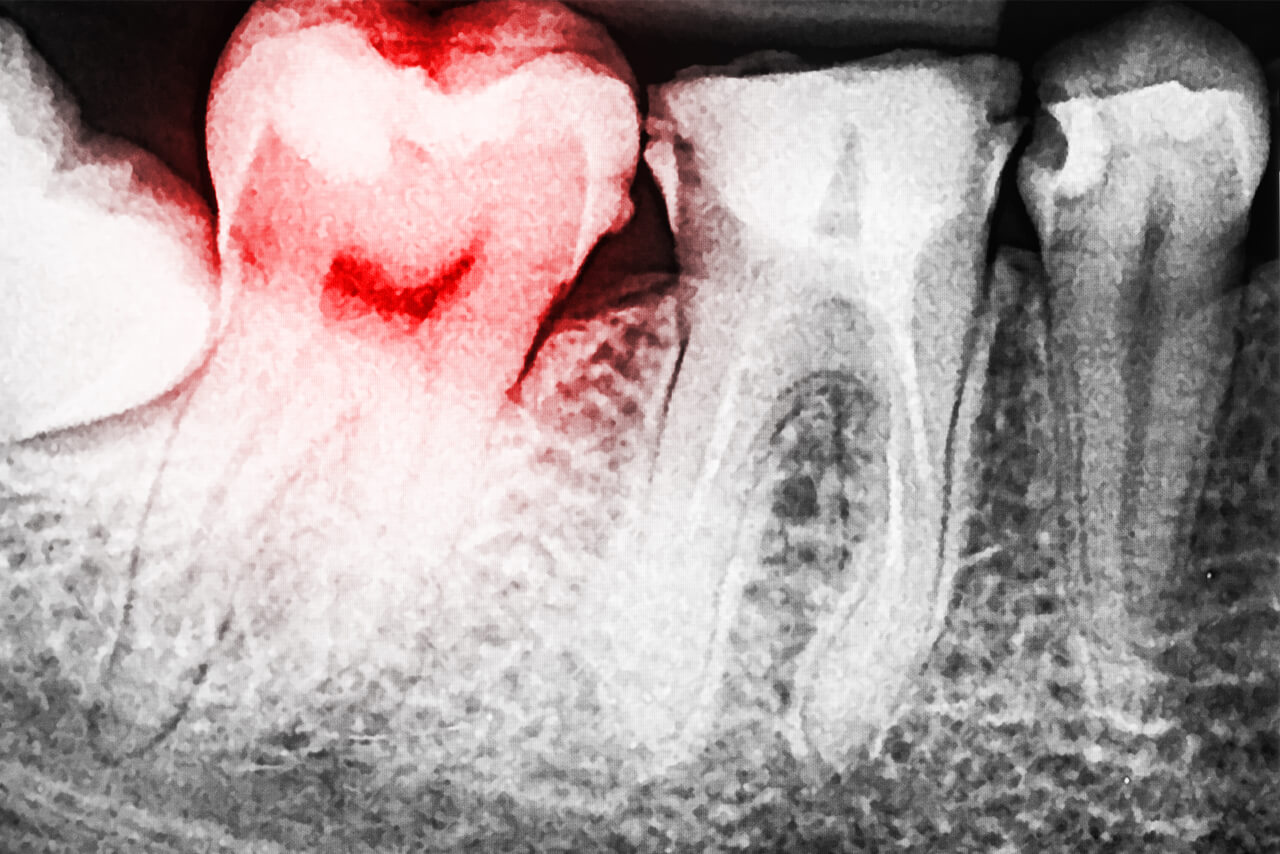Exposed Tooth Root Repair Options

When a tooth root becomes exposed, it can lead to a range of problems, from increased sensitivity and difficulty eating to a heightened risk of tooth decay and infection. Exposed tooth roots can occur for various reasons, including gum recession, periodontal disease, or the natural aging process. Fortunately, there are several effective options available for repairing an exposed tooth root, each tailored to the specific needs and circumstances of the individual patient.
Understanding the Causes of Exposed Tooth Roots
Before delving into the repair options, it’s essential to understand why tooth roots become exposed. Gum recession, often a result of poor oral hygiene, aggressive brushing, or periodontal disease, is a common cause. As the gums pull back, they expose the root of the tooth, which is not covered by enamel and is more susceptible to decay and sensitivity. Other factors, such as tooth grinding, smoking, and genetics, can also contribute to gum recession and exposed roots.
Repair Options for Exposed Tooth Roots
Gum Grafting: This is a surgical procedure where a periodontist takes gum tissue from another part of the mouth, typically the palate, and attaches it to the area where the gum has receded. Gum grafting aims to cover the exposed root, reduce sensitivity, and improve the appearance of the gum line. The success of gum grafting depends on the severity of the recession, the overall health of the patient, and the skill of the periodontist.
Dental Bonding: For roots that are mildly exposed and primarily causing aesthetic concerns, dental bonding can be an effective solution. A tooth-colored resin is applied to the root and shaped to mimic the natural appearance of the tooth. This not only improves the appearance but can also help protect the root from further decay. However, bonding may not be suitable for all cases, especially if the exposure is significant or if the root is decayed.
Root Canal Therapy: If the exposed root is causing significant pain or if there’s evidence of infection, a root canal may be necessary. During a root canal, the dentist removes the infected pulp from the tooth, cleans the area, and fills it with a special material. While this doesn’t directly address the exposure, it can alleviate pain and prevent further infection, making it a critical step before considering other repair options.
Crown Lengthening: This procedure involves reshaping the gum tissue and bone around the tooth to make the tooth appear longer and to expose more of the tooth structure for a crown to cover. It can be particularly useful when the exposed root is significant and a crown is needed to protect the tooth. Crown lengthening not only improves the functional aspect of the tooth but can also enhance its aesthetic appeal.
Desensitizing Toothpaste and varnishes: For mild cases of exposed roots where surgical intervention is not immediately necessary, using desensitizing toothpaste and applying desensitizing varnishes can provide relief from sensitivity. These products contain ingredients that help block the dentinal tubules on the root surface, reducing the transmission of sensations.
Choosing the Right Repair Option
The choice of repair option depends on several factors, including the extent of the exposure, the overall health of the patient, the location of the exposed root, and personal preferences. A thorough consultation with a dentist or periodontist is essential to determine the most suitable course of action. During this consultation, the dentist will assess the condition of the tooth and gums, discuss the patient’s symptoms and concerns, and outline the potential benefits and risks of each treatment option.
Preventing Exposed Tooth Roots
Prevention is always the best approach when it comes to oral health. Regular dental check-ups, proper brushing and flossing techniques, and avoiding habits like smoking and aggressive teeth grinding can significantly reduce the risk of gum recession and exposed tooth roots. Maintaining good oral hygiene not only protects the teeth and gums but also contributes to overall health and well-being.
Conclusion
Exposed tooth roots can be a source of discomfort and distress, but with the right treatment, patients can find relief and restore the health and appearance of their teeth. By understanding the causes of exposed roots and exploring the various repair options available, individuals can make informed decisions about their oral health. Whether through surgical procedures like gum grafting or non-invasive methods such as desensitizing toothpaste, there are effective solutions for addressing exposed tooth roots and preventing future occurrences.
What are the primary causes of exposed tooth roots?
+The primary causes of exposed tooth roots include gum recession, often due to poor oral hygiene, aggressive brushing, or periodontal disease. Other factors such as tooth grinding, smoking, and genetics can also contribute to gum recession and exposed roots.
How does gum grafting help with exposed tooth roots?
+Gum grafting is a surgical procedure that takes gum tissue from another part of the mouth and attaches it to the area where the gum has receded, covering the exposed root. This reduces sensitivity, improves the appearance of the gum line, and protects the root from decay.
Can dental bonding be used for exposed roots that are decayed?
+Dental bonding may not be suitable for exposed roots that are decayed. In such cases, addressing the decay first, possibly through a root canal or another restorative procedure, is necessary before considering bonding or other cosmetic treatments.
How can I prevent exposed tooth roots?
+Preventing exposed tooth roots involves maintaining good oral hygiene through regular brushing and flossing, avoiding aggressive teeth grinding, quitting smoking, and attending regular dental check-ups. Proper brushing techniques and the use of a soft-bristled toothbrush can also help prevent gum recession.

